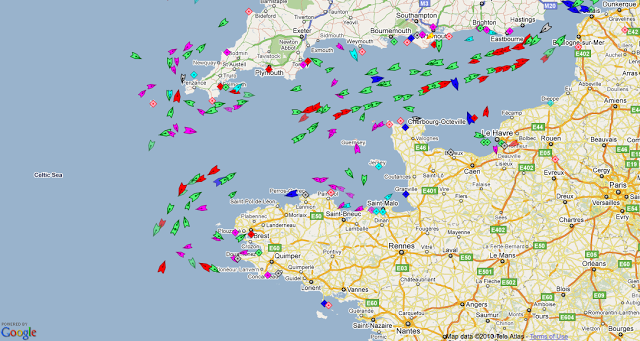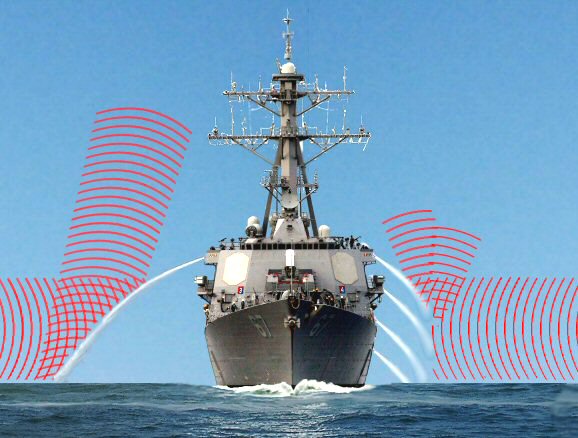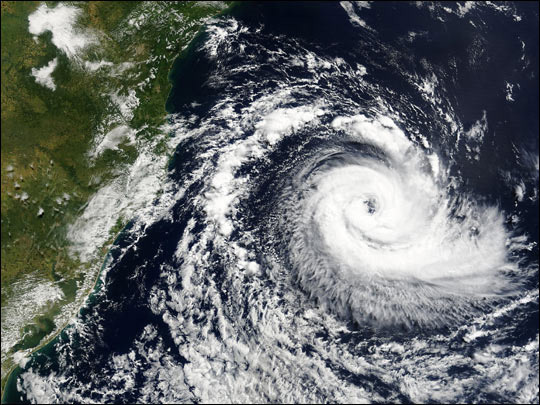
Man has been travelling by sea for a long time. It was the first mode of transport that could take man from one part of the world to another. Since man started to fly the use of sea transport has reduced mainly because flights are faster than travelling by sea. However, even today the ships are used in large scale.
They are used in world trade to transport things that are very bulky and to also transport substances like fuel that is hazardous for flights to carry. Even the commuters’ use ships to travel but that is mostly for a pleasure trip or a cruise. In Marine knowledge we try to discuss almost all the aspects of ships and the marine world. In today’s article we will discuss about the marine traffic and what it actually signifies.

Definition of Marine Traffic
Marine traffic is nothing but the number of vessels that are out at the sea. It is similar to the traffic that we see on the roads. For better planning and tracking of the vessels we need to know the location of the vessels. The ocean is huge and so to track the traffic we need something that can be tracked from any part of the world.
What is AIS
This is the AIS (automatic identification system). Since 2004 the IMO (international maritime organization) have made it compulsory that all vessels at the sea carry the AIS. This instrument gives information on the speed of the vessel, the course that the vessel has taken up and details like the size of the vessel. This is also useful to track missing ships too. If a ship meets with an accident then it can also ensure that help reaches to these ships on time.
GPS & AIS: The Handsome Duo
The ships today also come with a GPS (global positioning system) along with the AIS. These help one to track the position of the ships and ensure that it do not collide with another. The ships can be told how much traffic is actually there in the sea at the point of time. They can be advised on how much safe distance they should maintain and at what speed they must move ahead. It helps the port authorities to understand how they are going to manage the traffic and dock the ships. In the olden days a lot of ship mishaps happened as the ships had no idea of traffic in the sea. Due to these modern tracking systems these mishaps have been reduced considerably. It has made the sea traffic more manageable. Every year a number of ships are added for trading purpose and to track them these systems are immensely helpful.
Scope For Improvement
The marine traffic systems that we have in place today are better than before but still there is a lot of scope for improvement. Most of the time they give an incomplete and partial data as there is a lot of technical glitches. Sometimes in bad weather it becomes difficult to track the exact location of the ships in the deep sea. Most of the data is available only near the coastlines. As the ship moves into the deep oceans the tracking becomes more difficult. There are researches going on so that in the future we can come up with even better systems. Almost seventy per cent of the world trade happens via the sea route so we must ensure that we take all the steps to ensure that the tracking of the marine traffic system is adequate and strong.
How To Get Real Time Data?
There are many sites that specialize in giving the marine traffic details. These live maps will tell you exactly how many ships and what kind of ships are out there in the ocean. They give details of cargo ships as well as passenger ships. It can also locate small shipping vessels that have AIS installed. If you give the name of the ship it will tell you the location of the ship along with how long it will take to reach the destination. The details provided by the site can be trusted completely. Many shipping companies use the services of these web sites one of the most popular site for marine traffic is the marinetraffic.com.
These are some things that you must know about marine traffic. The concept is similar to that of traffic we see on the roads. Just that in this case we are discussing about the traffic that is out at the sea.
Marine Traffic Facts & Figures,






